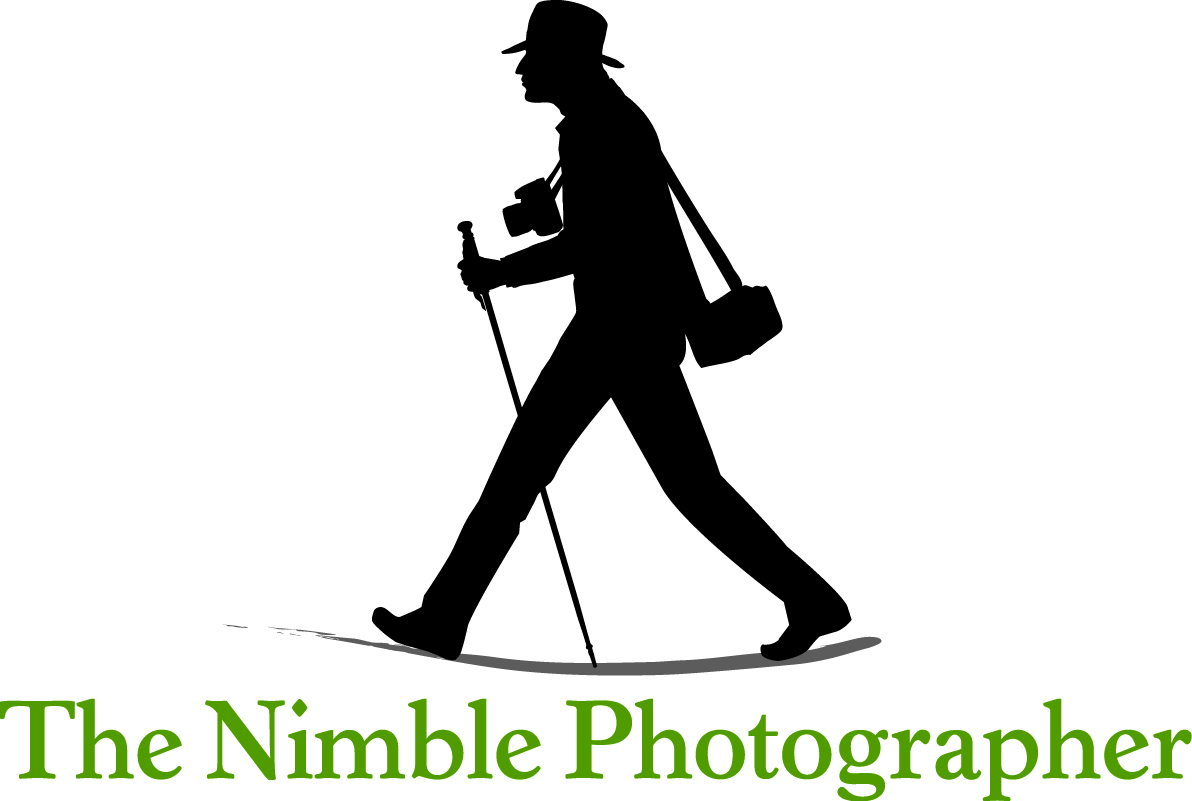I thought you might like a look behind the scenes at what happened in Austin.
If you haven't been following the story, I went there last week to test the new Olympus PEN-F Micro Four Thirds camera. There was a group of us there, representing publications such as DP Review, Imaging Resource, Steve's Digicams, Steve Huff Photo, Shutterbug, and more. Olympus covered our expenses, but no one was paid or came home with hardware.
When we first arrived, we were introduced to the camera by an Olympus technical specialist. We learned about the PEN's heritage, including the half frame years, and how even decades ago Olympus was engineering to create smaller, lighter cameras that produced excellent images.
Then we got into the technical aspects of the current PEN-F and were shown how to take advantage of its unique feature set to create images that, in all honesty, have a film look to them (if you want that). We had some time at the hotel to familiarize ourselves with the settings, then we headed out for a series of shoots to put what we learned in to practice.
The embargo on the camera was to be lifted on Wednesday at 12:01 am. That means we had all day Monday and Tuesday to shoot, learn, write our articles, and prepare our images. The expectation was that everyone would publish their impressions of the camera as soon as the embargo expired. And we did.
The wasn't any pressure to provide a positive review. And it wouldn't have made a difference if there was. This group is going to do what they do. But I think Olympus felt in its heart that it had a winner with the PEN-F, and that the odds were in their favor that the reviews would be good.
As it turned out, they were right. Aside from a few nits here and there, the journalists liked this camera. The images that came out of our shoots were wonderful. I felt like I was at a photography workshop marveling at the pictures that my comrades were creating.
We all stayed up to around 3 AM Wednesday morning, finishing our publishing and eating the cold pizza we had stashed in our hotel room refrigerators. But there was still one more day of shooting.
Wednesday was a blast. We had all met our deadlines, but still had another day with the camera in Austin Texas. We shot, ate, and had a chance to enjoy each other's company.
That night, we had to return our kits to the technical specialist. Nobody really wanted to, but that's the way it works. We had a final dinner together, then prepared for our early departure Thursday morning,
You could argue against the financial wisdom for independents like me to participate in these types of assignments. If you work for DP Review, you're getting paid. But the independents like me were there because we love photography and working with those who are also passionate about it.
Maybe someday I'll have a PEN-F of my own. But I'm glad I had the opportunity to test it, and to be one of the first to write about this exceptional camera. Wise or not, this is why I do what I do.
-Derrick
